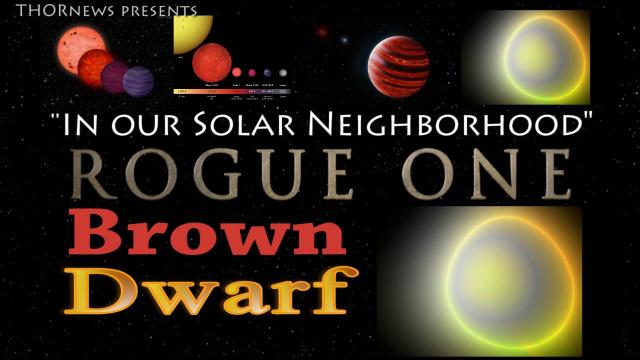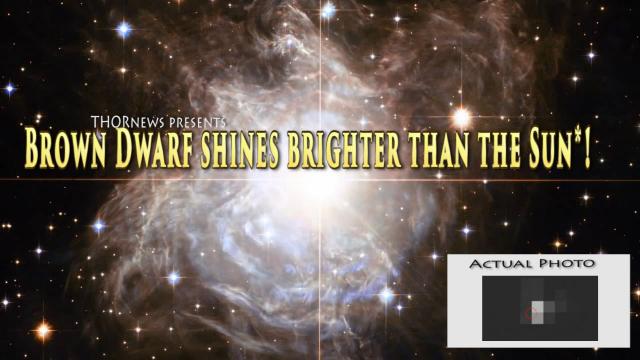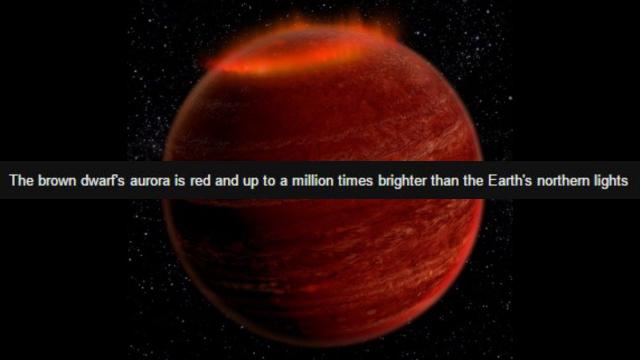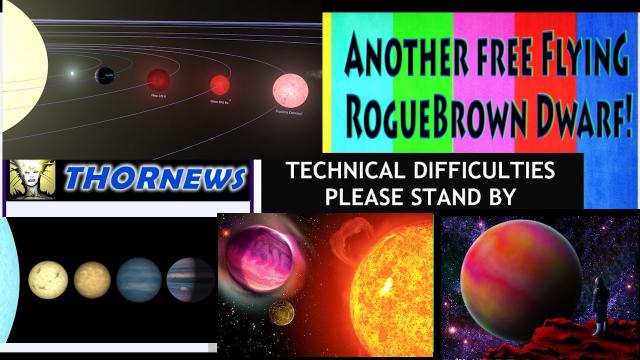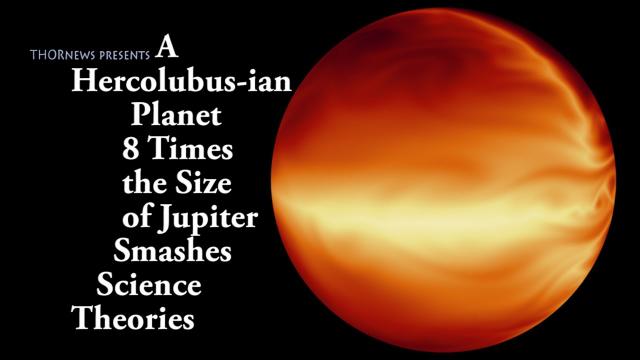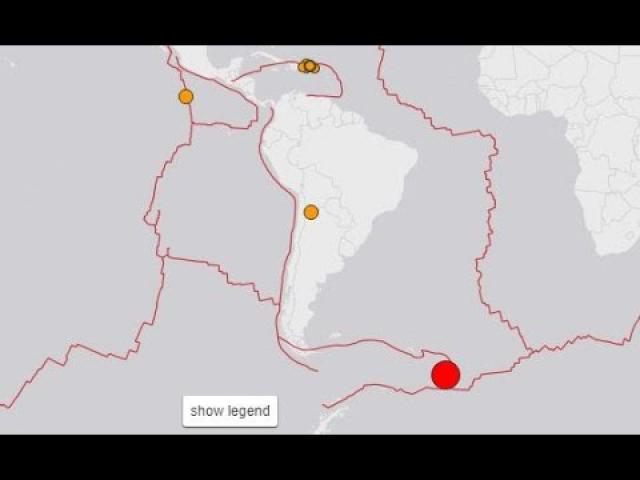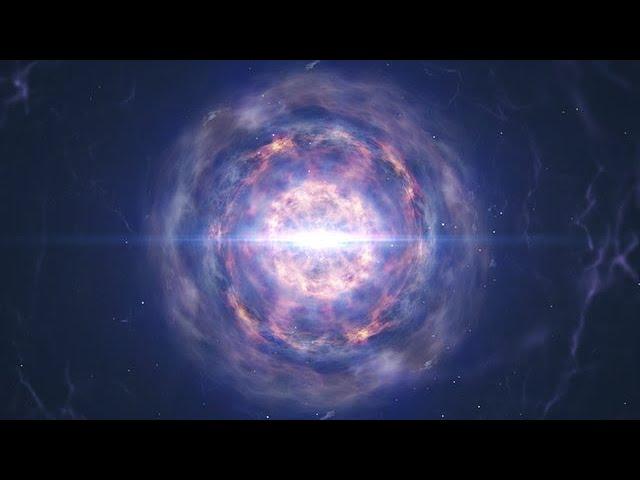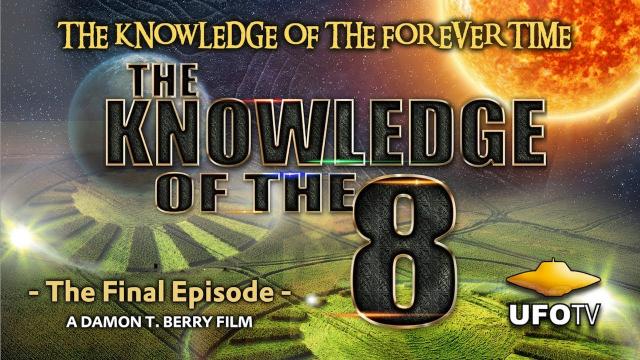Rogue Brown Dwarf w Aurora is 12 times the size of Jupiter & in our Solar Neighborhood!
Description
This Brown Dwarf is 1.5 times the size of Hercolubus and 4 times the size of Nibiru and way bigger than Planet X. Interesting.
God bless everyone,
T
PS. Our Solar Neighborhood is 25 light years.
https://www.paypal.me/THORnews
Tshirts
https://hitthebuttonbaby.com/
THORNEWS
PO BOX 35946
HOUSTON TEXAS
77235-5946
https://gizmodo.com/planet-or-star-either-way-this-rogue-object-is-really-1828201043
Planet or Star? Either Way, This Rogue Object Is Really Weird
Various news outlets have been discussing a strange object in space, which may or may not be a planet. New measurements show that what was thought to be a brown dwarf—essentially a “failed star” that is too small to generate nuclear fusion, but too big to be a planet—might be a planet after all. But that’s far from the strangest part of this story.
Scientists recently took another look at four nearby brown dwarfs, as well as this strange object, which is located only 20 light-years from Earth. The new observation demonstrated that the weird object actually straddles the boundary between planet and brown dwarf. That’s cool, but even more perplexing is how all five of these objects ended up with their intense magnetic fields.
Brown dwarfs are mysterious, round objects floating in space that are more than 13 times the mass of Jupiter, meaning they are too large to be considered planets. Scientists recently used the Karl G. Jansky Very Large Array in New Mexico to observe four brown dwarfs, plus the proposed planet-brown dwarf crossover, for seven hours each. The radio emissions from these objects indicated they could have magnetic field strengths perhaps 200 times greater than Jupiter’s—which is already far stronger than the Earth’s.
“We find that age, mass, and temperature together cannot account for the strong magnetic fields produced by our targets,” the scientists led by Arizona State University researcher Melodie Kao write in the paper published in the Astrophysical Journal Supplement Series.
Their observations suggest that these objects could be generating the magnetic fields by spinning rapidly.
The magnetic field observations alone were interesting, but the paper goes into detail about the strange case of that fifth object, SIMP J01365663+0933473, or SIMP0136 for short. The observations suggest that the object might be only 12.7 times the mass of Jupiter, meaning it might be a wandering exoplanet, rather than a brown dwarf. Astronomers usually use approximately 13 Jupiter masses as the upper cutoff after which a body in space is no longer considered a planet. This new calculation would make the object the first exoplanet detected by radio emissions.
That upper limit of what constitutes a “planet” is controversial, though. An object larger than 13 times the mass of Jupiter is typically massive enough for heavier hydrogen isotopes to undergo nuclear fusion. But recently, one scientist stated that 10 Jupiter masses should be the cutoff point, and others agreed. Their ultimate idea is to instead classify planets and stars based on how they formed: Did they form while orbiting something else (a planet) or on their own from a cloud of dust (a star)?
There are lots of strange things in our stellar neighborhood, and brown dwarfs continue to challenge scientists’ definitions of “planet.”
The universe, well, it’s gonna do what it’s gonna do, and it doesn’t really care about our human definitions.
[The Astrophysical Journal Supplement Series]


